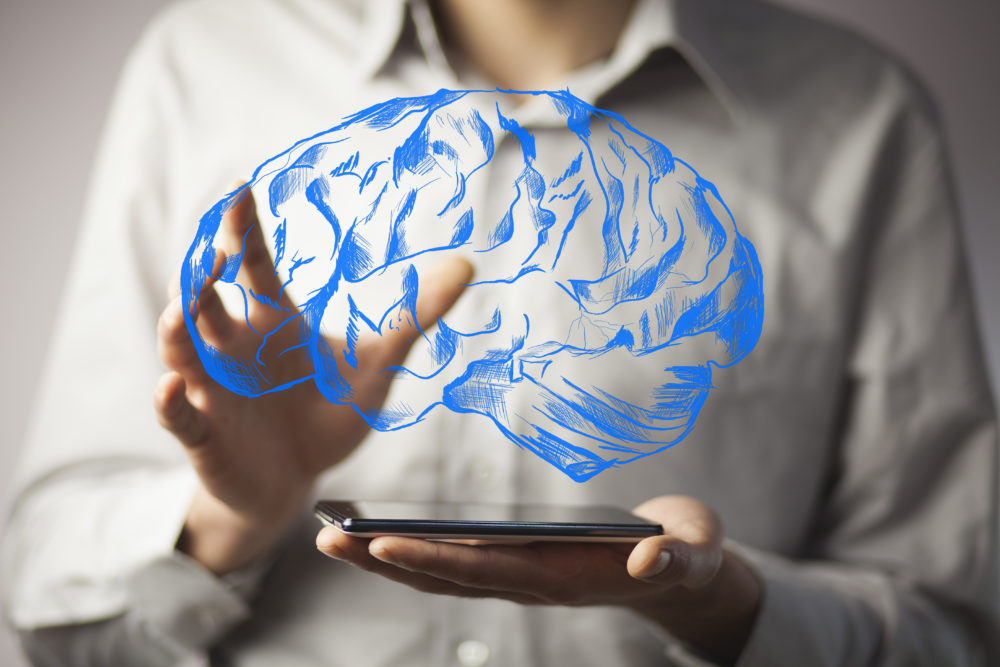Posture is declining at the speed of technology, and you are the answer to halt postural decline. Modern day patients have different needs than patients of the past. A new health epidemic has arrived, it is called “Digital Dementia.”
Overall 1.8 billion people own smartphones and use their devices on a daily basis. Some studies estimate that an average person checks their screen 150 times a day. Data shows that nearly 70 percent of 11 to 12-year-old kids use a mobile phone; 90 percent by the age of 14 (Williams, 2016).
Developmental patterns due to technology utilization have drastically changed, and society is suffering from the epidemic of postural decline for it. To offset the ill health effects of sensory mismatch associated with Digital Dementia, it is of utmost importance to understand the brain-based presentation of these patients.
Optimal postural design and neurologic function starts at a young age and requires focused attention throughout the lifespan. This issue is more relevant than ever before.
It is undeniable that recent advancements in technology are beneficial to the advancement of society in an economic and business sense. However, the long-term affects of the technologic era are still unknown. The Millenials are a new generation; they are the first generation in history to be exposed to screens and mobile devices throughout all stages of their physiologic development.
 The human brain is plastic and adaptable and always changing in response to the environment. Children’s brains are particularly adaptable in development, which is now when the brain is most exposed to technology. Young people are now being born into a world where it is normal to spend an average of 8 hours each day exposed to digital technology. This exposure is rewiring their brain’s neural circuitry.
The human brain is plastic and adaptable and always changing in response to the environment. Children’s brains are particularly adaptable in development, which is now when the brain is most exposed to technology. Young people are now being born into a world where it is normal to spend an average of 8 hours each day exposed to digital technology. This exposure is rewiring their brain’s neural circuitry.
According to Williams (2016) increased screen time neglects the circuits in the brain that control more traditional methods for learning in the frontal lobe. These are typically used for reading, writing, and concentration.
With loss of these important skills Digital Dementia has arrived. This term describes how overuse of digital technology is resulting in the breakdown of cognitive abilities in a way that is traditionally seen in people who have suffered a head injury or Alzheimer’s disease.
“Tech Neck” is forward head posture in response to looking down for prolonged periods of time, such as when sending a text message or checking social media on your phone. Patients with Tech Neck have flexor dominant posture. With increased flexor tone and deficient stimulation of extension, the patient inefficiently resists gravity. This is indication of dysfunction of the brainstem.
While children are sitting around using technology with sedentary postures they have flexor dominance with lack of stimulation of the vestibular system, the sensory cortex, and the motor cortex. While the vestibular and the somatosensory systems are under stimulated, the visual and auditory sensory systems are being bombarded. 
This sensory imbalance is contributing to high rates of ADHD, autism, coordination disorders, developmental delays, learning difficulties, sensory processing disorder, anxiety, depression, and sleep disorders.
When patients have flexor dominant posture, not only do they look more primal they act like it too. They are angry, they lack empathy, they have no motivation, their sensory and motor pathways are blurred so they lack coordination, and their higher-level cognitive skills that make them human, are diminished.
Signs of Digital Dementia:
- Flexor dominant posture
- Developmental delays
- Inability to remember number patterns or directions
- Social seclusion
- Lack of motivation
Digital dementia is a serious condition of degenerative brain dysfunction due to overstimulation of technology in weak postures. These patients are walking into your office everyday. And unless you know how to correctly assess and treat their problems, the results will be minimal at best.
Modern day children and adolescents who are educated and engaged in Brain Based Postural Correction programs throughout their stages of development will show higher rates of cognitive stimulation and will have better physiologically functioning bodies in comparison to patients who do not actively engage in developing their postural fitness.
This is where you come in. As a health care professional it is your moral obligation to understand the neurology controlling the Posture System, how to assess for postural decline, and how to implement Brain Based Postural Correction programs with your patients to improve function and offset the ill health effects of Digital Dementia.


Leave a Reply
You must be logged in to post a comment.